Understanding the Mixed Signals of the 2024 US Insurance Market
The year 2024 brought a complex landscape to the US insurance market, presenting a mix of significant increases and some signs of moderation. For individuals and families, staying informed about Personal Home Auto Insurance Trends 2024 is essential for managing policies and planning for the future. While personal lines, particularly homeowners and auto coverage, experienced substantial premium adjustments, the commercial sector observed a slight deceleration in rate increases compared to the previous year. This divergence highlights the unique pressures and evolving dynamics within different segments of the insurance industry.
Understanding these trends can help consumers navigate their options more effectively. The market reflects a blend of economic factors, such as inflation, and climatic pressures, which continue to shape the cost and availability of coverage for households across the nation. This overview will delve into these specific areas, providing insights into what 2024 meant for your insurance policies.
Unpacking Personal Home Auto Insurance Trends 2024
For US consumers, 2024 marked a notable period for personal lines insurance, with composite rates seeing their highest annual increase in over a decade. While the fourth quarter showed a slight moderation in the overall trend, the full-year figures underscored a significant adjustment in premiums. This was largely driven by the segments most directly impacting everyday Americans: homeowners and automobile insurance.
The composite personal lines rates climbed by an average of 5.79% for the entirety of 2024. Although this moderated to 4% in the final quarter, it still represents a substantial shift for policyholders. This upward trajectory impacts how families budget for essential protections, making it crucial to reassess current coverages and explore strategies for managing costs. Understanding these Personal Home Auto Insurance Trends 2024 is key to making informed decisions about your financial security.
Homeowners Insurance Insights Navigating Natural Disasters
Homeowners insurance premiums continued to be a significant area of focus in 2024, largely influenced by the frequency and severity of natural catastrophic events. While major hurricanes like Helen and Milton caused less insured damage than initially anticipated, their presence still contributed to a landscape of elevated rates. A persistent challenge identified within the market is the prevalence of uninsured flood losses, leaving many homeowners vulnerable to significant financial setbacks. This gap underscores the critical importance of a comprehensive flood insurance policy, especially in vulnerable regions. For more information on assessing your flood risk, you can visit resources like How to Complete a Flood Risk Assessment.
Rate increases in homeowners insurance varied depending on the property’s value:
- For properties valued under $1 million, premiums saw an approximate increase of 3.3% in the fourth quarter.
- Homes valued over $1 million experienced a slightly higher rise of about 5% during the same period.
These adjustments reflect ongoing efforts by insurers to accurately price risk in an environment increasingly impacted by climate-related events and rising repair costs. Homeowners are encouraged to regularly review their policies and consider protective measures to mitigate potential damages, which may also influence their premiums. For further details on why rates are rising, see Why Homeowners Insurance Premiums Are Rising and What You Can Do.
The Road Ahead for Automobile Insurance Premiums
Automobile insurance premiums saw substantial growth throughout 2024, representing one of the largest increases within the personal lines sector. On average, auto insurance premiums increased by 5.3% for the year. This trend is driven by several factors, including the rising cost of vehicle repairs, increased frequency of accidents, and inflationary pressures on parts and labor. Understanding these factors is crucial for navigating 6 Factors Impacting Car Insurance Rates Right Now.
Despite the overall increase, drivers can explore various strategies to manage their costs. For example, some insurers offer discounts for vehicles equipped with advanced safety features, while telematics programs can reward safe driving habits with lower premiums. For more insights into how technology is shaping auto insurance, consider external resources such as the Insurance Information Institute’s facts and statistics on auto insurance.
The market also continues to see a mix of competitive offerings, making it worthwhile for consumers to periodically compare quotes and ensure their coverage aligns with their needs without overpaying. Tips on reducing the impact of rising rates can be found at The Top Four Ways to Reduce the Impact of Rising Automobile Insurance Rates.
Commercial Lines: A Story of Moderation and Specific Sector Surges
While the primary focus for consumers is on Personal Home Auto Insurance Trends 2024, it’s worth noting the broader market context. Commercial insurance rates, in contrast to personal lines, demonstrated a degree of moderation in 2024. The average increase across commercial lines was 3.75%, a decrease from the 4.56% seen in 2023. This deceleration was influenced by increased market capacity and a lower incidence of major insured catastrophic events compared to previous years.
However, within commercial lines, certain sectors still experienced notable increases. For example, commercial auto insurance saw a 6.7% rise, reflecting similar pressures to personal auto. Understanding the nuances of the broader market helps shed light on the interconnectedness of insurance sectors and the various forces at play.
Economic and Climatic Pressures on Insurance Rates
Beyond specific policy types, overarching economic and climatic pressures continue to significantly shape the insurance landscape for both personal and commercial lines. Inflation, for instance, drives up the cost of repairs and replacements for homes and vehicles, directly influencing premiums. Social trends, such as increased litigation and evolving public perceptions of liability, also contribute to rising costs for insurers, which are then passed on to policyholders. Understanding the broader economic context is vital for making sense of how climate events and economic factors impact insurance costs.
Perhaps most impactful are catastrophic events. While individual events like specific hurricanes might have less insured damage than feared, the cumulative effect of a changing climate means that natural disasters pose a persistent and growing challenge for the insurance industry. This reality influences underwriting decisions and directly affects the affordability and availability of homeowners insurance, particularly in regions prone to severe weather.
For more detailed insights into the economic factors affecting the insurance market, financial news sources such as Reuters’ insurance section often provide in-depth analysis.
Anticipating Shifts: The 2025 Insurance Market Outlook
The moderation observed in the fourth quarter of 2024 could signal a potential shift in market dynamics for 2025. However, several significant factors remain that will continue to shape the insurance landscape. These include ongoing concerns about social inflation (the rising costs of claims due to factors like increased litigation), the adequacy of insurer reserves, and broader economic pressures. For consumers, this means remaining vigilant and proactive in managing their insurance needs.
As we move further into 2025, it will be crucial for policyholders to:
- Review their current policies regularly to ensure adequate coverage.
- Explore ways to mitigate risks, such as enhancing home security or practicing safe driving.
- Work closely with their insurance providers to understand policy adjustments and explore potential discounts.
Staying informed about these evolving Personal Home Auto Insurance Trends 2024 and beyond will empower consumers to make the best decisions for their personal and financial protection.
Have questions? Contact us here.






